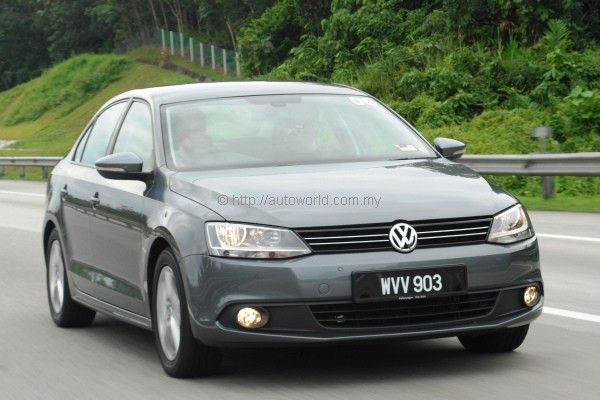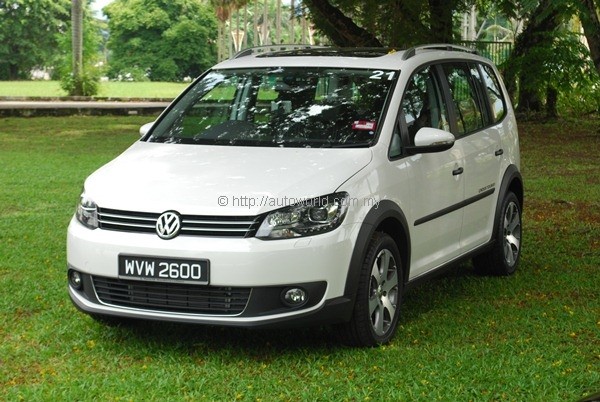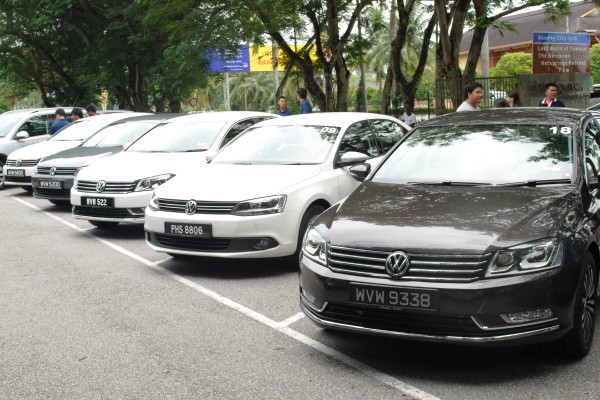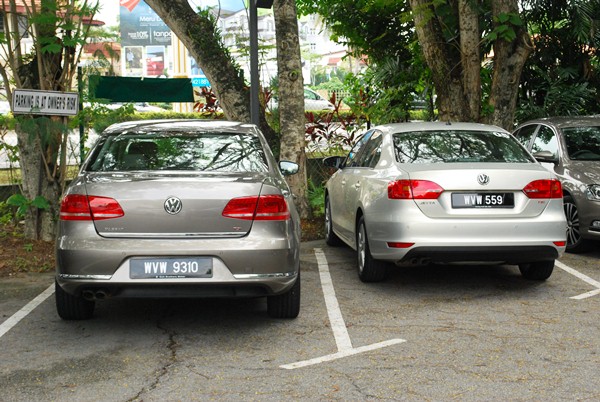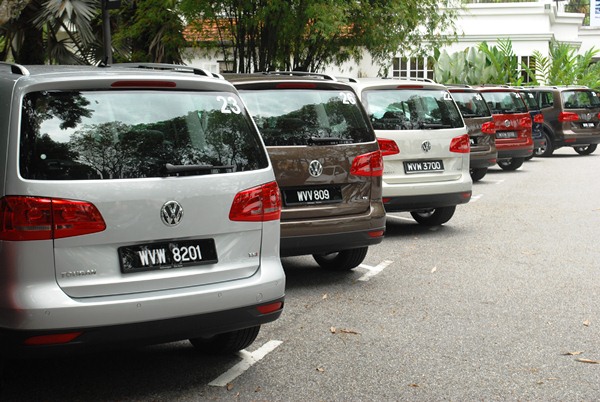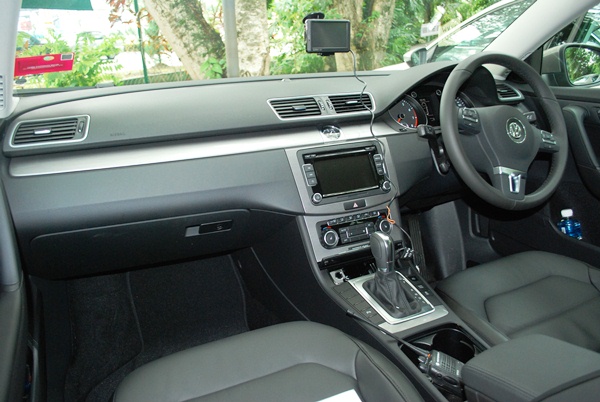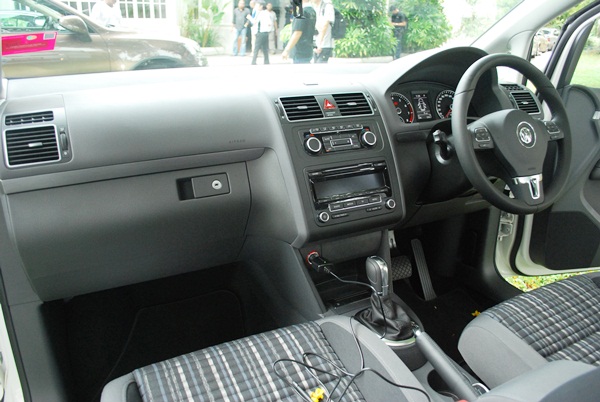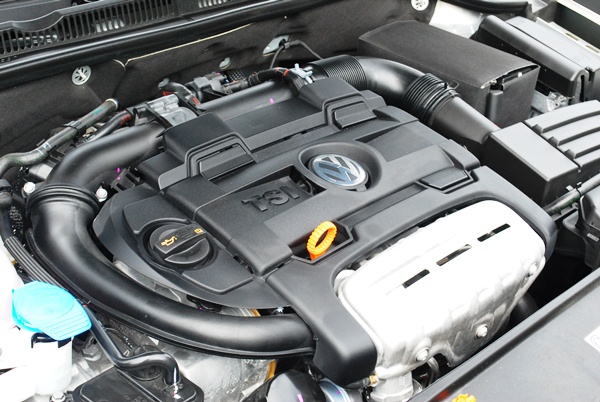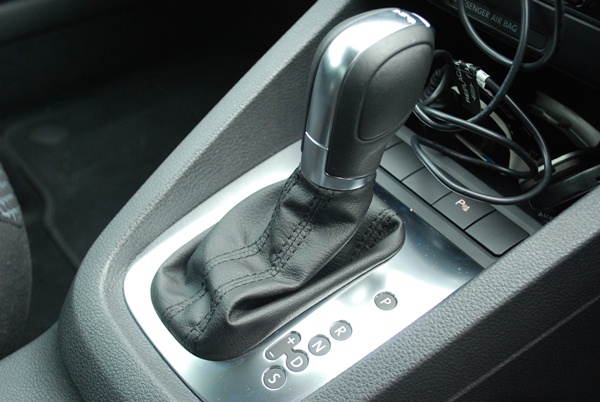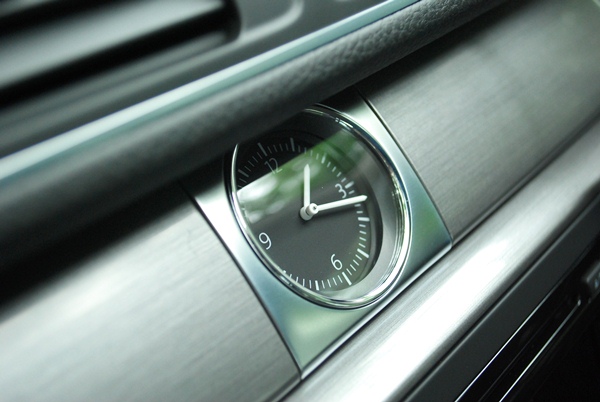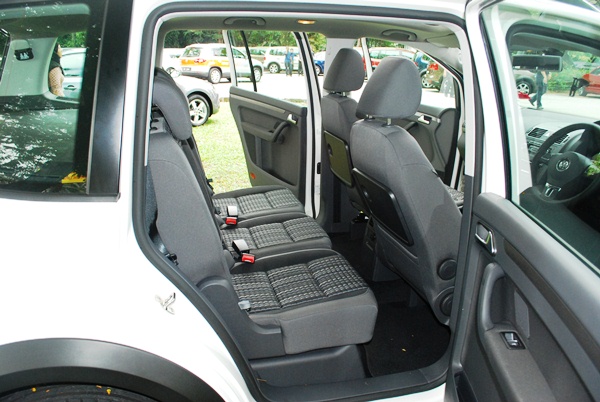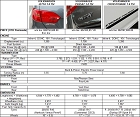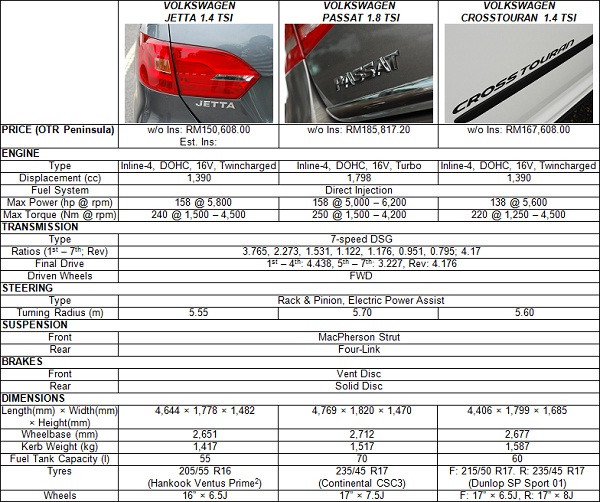Volkswagen Group Malaysia debuts trio of products
It seems that Volkswagen Group Malaysia (VGM) loves to do its launches and media drives in threes. Last year, we headed to Tanjung Jara, Terengganu for the simultaneous launch-cum-media drive for the Polo 1.2 TSI, Golf 1.4 TSI, and Scirocco 1.4 TSI. In the year that passed, these three models have helped VGM record unprecedented sales numbers in Malaysia, which are continuing to grow.
This year, we found ourselves in Penang with VGM once again organizing a triple launch-cum-media drive for the Jetta, Passat, and CrossTouran. All three models feature the latest powertrain technologies from the Volkswagen Group – its famous charged direct injection TSI engines mated to 7-speed Direct Shift Gearboxes. The model mix puts Volkswagen into key segments of the Malaysian market, namely the compact and mid-sized sedans, and MPVs.
What these three models are not, however, is that they are not locally assembled. Although the Jetta and the Passat were both slated for local assembly under the CKD agreement between Volkswagen and DRB-Hicom, the cars you see pictured here are fully imported. Excluding insurance, on-the-road prices for these cars are announced to be RM150,608.00 for the Jetta, RM185,817.20 for the Passat, and RM167,608.00 for the CrossTouran.
Jetta 1.4 TSI
Glancing at its specs, it is easy to think of the Jetta as a Golf sedan, although VW is insistent that it is not. The Jetta does not have a single common body panel with the Golf, although its ingredients are the same for a start. We have mechanicals of the PQ35 platform serving as its framework, and under the hood is the award-winning 1.4-litre twincharged engine offered in the same state of tune as the Golf 1.4 – 158hp and 240Nm.
On the road, the Jetta’s quick and effortless performance was one of the qualities that immediately shone through as we took it through our network of trunk road and highways. Its handling does not feel as taut as the Golf, but anyone jumping over from a Japanese-made sedan will be quickly impressed by the Jetta’s feel of solidity and urgent power delivery. Its ride has the typically firm feel associated with European cars, so really poor surfaces can be felt in the cabin.
Measuring 4,644mm in length with a wheelbase of 2,651mm, the Jetta is the longest sedan in the C-segment. This freed up not only generous amounts of leg room, but also cavernous boot space of 510 litres; impressive for a vehicle using independent multi-link rear suspension. In some markets, the Jetta is offered with a torsion beam setup, and it is pleasing to note that VW did not send us the cheaper option.
The Jetta may be priced deep in D-segment territory, but that money buys not only an award-winning engine and transmission combo, but also class-leading safety equipment that includes traction control, electronic differential lock, ABS, EBD, brake assist, six airbags, and ISOFIX mounts. Other items in the kit count include hill hold control, speed sensitive electric power steering, rain sensor, and daytime running lights.
Passat 1.8 TSI
Not to be confused with the popular Passat CC four-door coupe, the Passat is Volkswagen’s plain three-box sedan entry in the D-segment market. Its underpinnings are shared with the Skoda Superb, which is incidentally offered with the same 1.8-litre TSI engine as the Passat’s. Indeed, the Malaysian market may have a very unique distinction of being the only one in the world with the Passat priced lower than the equivalent Superb.
Volkswagen officially calls this the seventh-generation Passat, even though its mechanicals are largely based on the previous B6 model. Its revised styling gives the Passat a more-than-passing resemblance to the Phaeton – so its looks expensive, and damn right it should because it is the most expensive model amongst its competitors. It is hardly the most powerful though.
While 158hp @ 5,000 – 6,200rpm and 250Nm @ 1,500 – 4,200rpm remains good enough to pulverize Japanese opposition, its Continental rivals provide sterner tests. The Peugeot 508’s 1.6-litre twin-scroll turbo Prince engine gives almost on par figures, while the Ford Mondeo EcoBoost, with 200hp and 300Nm, comfortably outmatches VW’s 1,798cc blown four. The Passat nevertheless has the top transmission of the crop in the form of its 7-speed dry clutch DSG.
Volkswagen has never skimped on safety gear, so the Passat gets the full works of items such as airbags, pre-tensioners, ISOFIX mounts and various driver ads. One particularly notable feature on the Passat is Rest Assist, a fatigue detection system that will advise the driver to take a break if it detects irregular steering inputs.
For amenities, we see items such as bi-xenon headlamps, daytime running lights, dynamic headlights with washers, cruise control, hill-hold control, and park distance control. These items add up to a generous kit count, but in this day and age, the absence of keyless entry at the Passat’s price point has become hardly acceptable. The row of blank buttons flanking the gear selector also does not reinforce the premium ambiance generated by an impeccably built cabin.
CrossTouran 1.4 TSI
Completing the trio of launches is the CrossTouran mid-sized 7-seater MPV. Based on the Golf’s PQ35 platform, the CrossTouran’s size is comparable to that of the Honda Stream and Toyota Wish, to quote examples of two MPVs familiar to Malaysians. Compared to the standard Touran, which is not offered locally, the CrossTouran’s ride height is raised by a full 20mm.
With up to 500 possible interior configurations for its seven seats, the CrossTouran is an MPV at heart, but clad in SUV clothing. Unpainted black trim running all-round its body and anodized roof lining together with its raised ride height give the CrossTouran a crossover appearance. Depending on situation, the user can vary from people carrier mode seating seven to cargo carrier mode with 1,989 litres of luggage space.
A couple of interesting items in the CrossTouran’s specs sheet are its differently-sized Dunlop SP Sport 01 tyres. While rim diameter measures 17 inches all-round, the front wears 215/50 section rubber whilst the rear has 235/45. This is claimed to give the CrossTouran added maneuvering stability in addition to improved aesthetics. Those who have the habit of cross-rotating tyres at regular intervals will need to take note.
Its 1.4-litre mill is the same twincharged unit as the Jetta’s but tuned to make 138hp and 220Nm. VGM’s other choice was to take the engine in a 168hp state of tune, but it would have robbed the CrossTouran of its competitive pricing. Nevertheless, it was pleasing to discover that even in its weakened state, the 1,390cc four-pot was a good match for the CrossTouran’s 1,587kg kerb weight.
Indeed, the CrossTouran was surprisingly game for some serious hustling along our B-roads. There was sufficient grunt from the engine to make overtaking a cinch, and neither was it out of depth at the corners. Body roll is impressively contained, but this can be attributed to the stiff spring rates necessary for the CrossTouran’s heavier payload. The trade off for this is of course, a stiff ride when the vehicle is not substantially loaded.
 |





